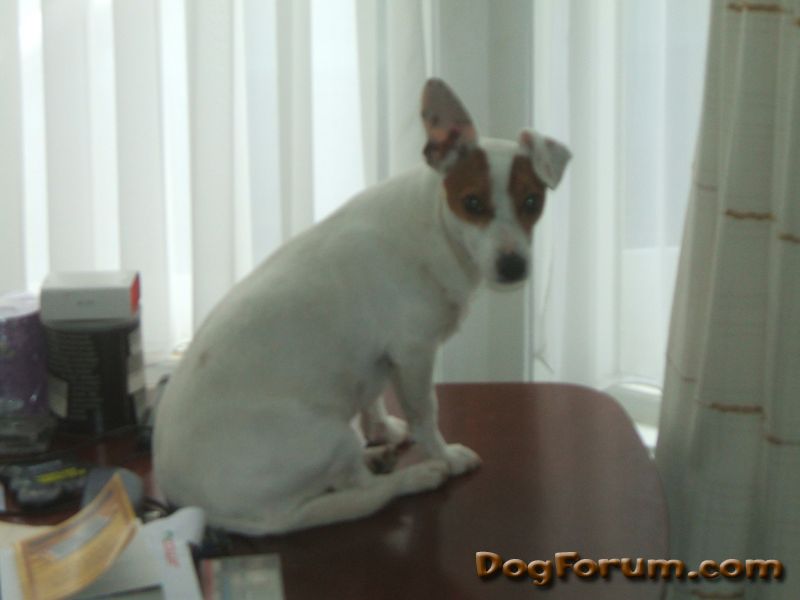It is often said that one of the greatest stress relievers is to have is a pet, particularly a pet dog. Dogs are often brought to therapeutic facilities to soothe patients and bring them joy. Of course, if you have ever had a brand new pet dog at home, then you know that it can bring just as much stress as it does smiles. The best time to start training your dog begins when it is still a puppy. However, no matter what the age, instilling effective training in your dog is very beneficial now and in the long run. These are some ways that you can get the most enjoyment out of your pet through dog training.
When potty training your new puppy, keep him on a strict feeding schedule. Offer food twice a day, at the same time each day, and take your puppy out to eliminate shortly after finishing the meal. Young puppies often need to use the bathroom quickly after a meal. Giving your dog the opportunity to go outside will get him on a schedule and help to prevent accidents.
If you are trying to train a teething puppy not to chew on your clothing or belongings, give it an appropriate item on which to chew. Teething puppies have an instinctive need to chew, in order to relieve the pain. However, don’t give your puppy old shoes or clothing, as they will learn that those items are okay to chew on.
When house training your new puppy you need to follow a strict schedule. Get your puppy outside to eliminate first thing in the morning, last thing at night, and every couple of hours in between. This will help him to learn that elimination happens outside. It also prevents pee scents (which are attractive to your dog) from being in the house to begin with.
Spend time outside with your dog so you can train them not to dig in the garden. Instead of just letting your dog into the fenced-in yard and going back in the house, spend a little time outdoors with your dog so you can be ready to scold them if they head to the garden. By supervising them at the beginning, they will learn that the garden is off limits.
Take everything that your friends and family members say about your training program with a grain of salt. Everyone will have their own opinions about how you should help your pet learn to follow directions. Ignore most of it and do what you know is best for you and your pet.
When you train your dog it is important to reinforce every example of behavior you want to encourage. Whenever your pet behaves according to your wishes it should be rewarded. This will prevent your dog from becoming confused and establish positive reinforcement associations. Behavior that is rewarded is behavior that will be repeated and eventually become habitual.
Do not generalize when telling your dog what not to do. It is okay to tell your dog “no” but that word does not give your dog the full picture of what he needs to understand. If you say no when your dog jumps on you to greet you, he may move to another side of you to jump, because he assumes the other side was wrong. Teach your dog to sit down to greet you, and he will have a better picture of what you want.
Training your dog can definitely present many challenges as well as rewards. Following these tips and tricks for training your dog consistently will result in a better-behaved dog. The time put in now to implement these techniques means there will be more time to enjoy the company of man’s best friend.




